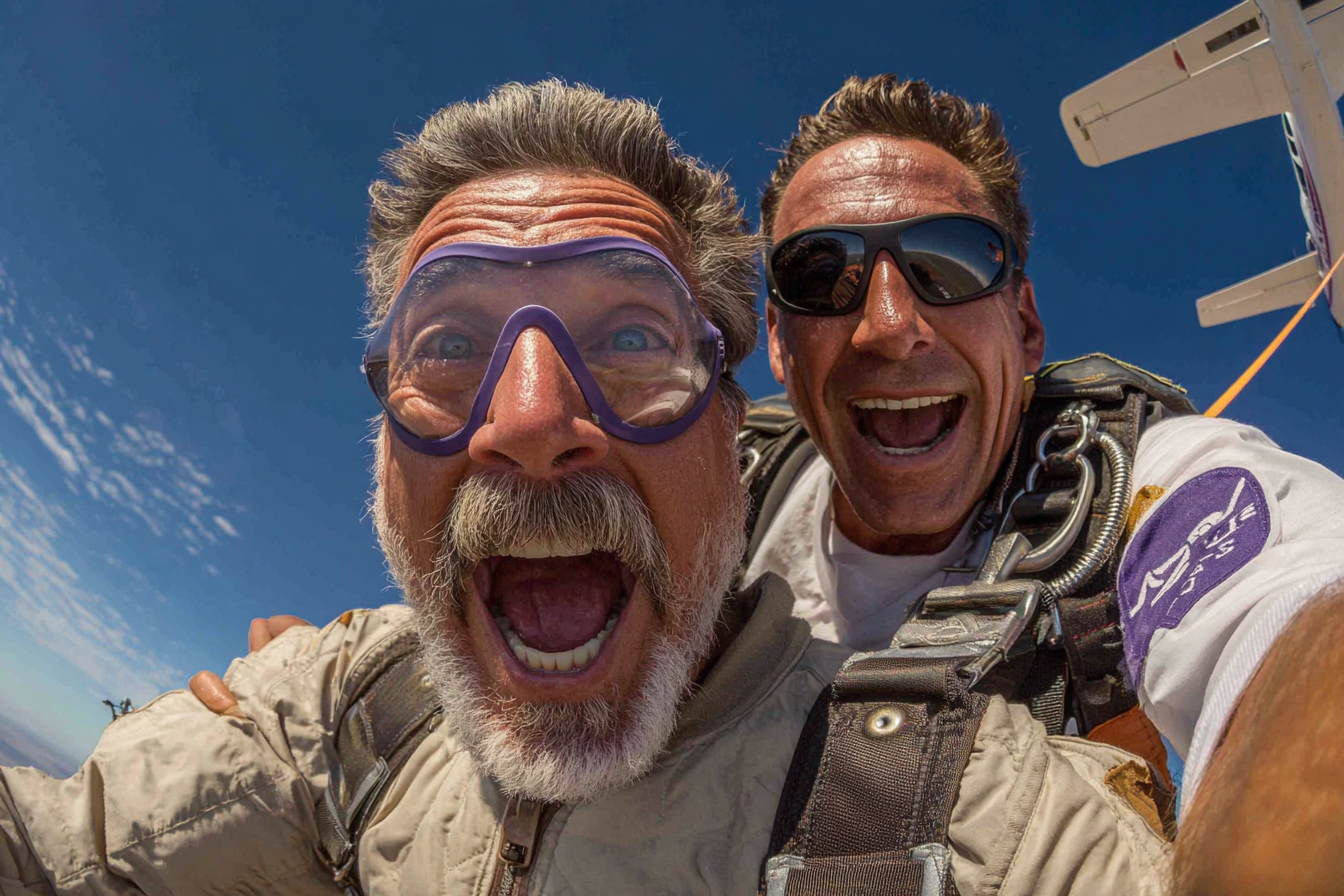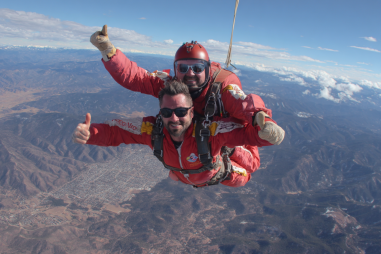Starting your journey into skydiving is an exciting adventure that combines adrenaline, skill, and a strong mindset. For beginners, the first steps can seem overwhelming, but with the right guidance and preparation, you can confidently take to the skies and enjoy this incredible sport. Whether you’re gearing up for your first training session or looking to improve your technique, these beginner skydiving training tips will help you prepare mentally and physically, understand the essentials, and develop the skills needed to become a competent skydiver.
Preparing Mentally and Physically for Training
Skydiving challenges both your mind and body. Before you even set foot on the plane, getting prepared mentally and physically is crucial. Mentally, it’s normal to feel nervous or anxious. Accepting these feelings and focusing on your calm breathing can help regulate stress. Visualization techniques—imagining yourself successfully completing your jump—also boost confidence and reduce fear.
Physically, skydiving requires a reasonable level of fitness. You don’t have to be an athlete, but cardiovascular endurance, flexibility, and strength play key roles, especially when managing your body position in freefall and under canopy. Simple exercises such as jogging, yoga, or bodyweight workouts can support your endurance and help prevent injuries during training and jumps.
What to Bring and What to Expect
Knowing what to pack and what to anticipate will make your first skydiving training day go smoothly. Most training centers provide basic gear like jumpsuits, helmets, altimeters, and parachutes, but it’s a good idea to bring your own comfortable clothing, preferably fitted athletic wear and sneakers. Avoid anything loose or bulky that could hinder your movement.
Expect to spend a significant part of your training day indoors learning crucial safety procedures, body positions, and equipment handling. Ground training usually lasts several hours and includes simulated exercises to ensure you feel comfortable before the actual jump. Weather conditions can affect the schedule, so flexibility is key.
Key Skills to Focus on During Beginner Training
As a beginner, focus on mastering the fundamental skills that make skydiving safe and enjoyable. These mainly include body position control during freefall, stable flying posture, altitude awareness, and canopy deployment. Learning how to maintain a stable belly-to-earth position helps reduce spinning or tumbling, which is vital for steady flight.
Another essential skill is practicing proper deployment procedures. Understanding when and how to deploy your parachute and managing your body’s position and movements during this phase will boost confidence and safety. Don’t underestimate the importance of landing techniques as well, which include correct flare timing to reduce impact and avoid injuries.
Understanding Your Equipment
Skydiving gear may seem complex at first, but getting familiar with each component will help you feel more at ease. Your main parachute, reserve chute, container system, altimeter, helmet, and jumpsuit all have specific functions and require routine checks. During training, instructors will demonstrate how to inspect the gear, perform pre-jump checks, and troubleshoot common malfunctions.
Take the time to ask questions about your equipment and handle it yourself under supervision. Knowing how each piece works fosters trust in your gear, which is essential for building confidence. Remember, your parachute system is designed with multiple safety redundancies to protect you during the jump.
Safety Tips and Common Mistakes to Avoid
Safety is the cornerstone of skydiving. Following your instructors’ guidance carefully and adhering to safety protocols can prevent accidents. Some common beginner mistakes include rushing through body position practice, ignoring altitude awareness, improper equipment checks, and panicking during malfunctions.
Be patient with yourself and avoid trying advanced maneuvers too soon. Listen closely during briefings, don’t hesitate to ask for clarifications, and never skip safety drills. A calm, methodical approach helps mitigate risks and ensures a positive, safe skydiving experience.
How to Communicate with Your Instructors
Clear communication with your instructors is vital during training. They are experienced professionals who want to support your progress and ensure your safety. Don’t be shy about expressing concerns, asking for extra practice on certain skills, or seeking clarification on instructions.
Use open body language and make eye contact during briefings. If you feel nervous or unsure at any point, speak up early. Effective two-way communication not only helps prevent misunderstandings but also builds a rapport that enhances your learning and confidence in the air.
Tips for Progressive Learning and Improvement
Skydiving is a skill that improves with consistent practice and reflection. After your initial jumps, take notes on what went well and what felt challenging. Review video footage if available, and seek feedback from instructors and fellow jumpers.
Set incremental goals such as improving body stability, controlling turns, or refining your landing technique. Attend refresher courses or participate in group training sessions to stay sharp. Each jump adds to your experience, so maintain a positive mindset focused on growth rather than perfection.
Remember, patience is key—progress may sometimes feel slow, but steady practice leads to mastery over time.
Making the Most of Your Beginner Training
Beginner skydiving training is an opportunity to immerse yourself in a unique and exhilarating sport. Embrace the learning process, stay open to feedback, and prioritize safety above all. Preparing mentally and physically, understanding your equipment, and building a strong foundation of skills will help you soar with confidence.
By actively communicating with your instructors and practicing progressively, you’ll not only develop competence but also a lifelong passion for skydiving. The thrill of freefall combined with the satisfaction of mastering a new skill makes all the effort worthwhile. So gear up, stay focused, and get ready to experience one of the most incredible adventures the skies have to offer!







